To celebrate another fantastic year in natural history book publishing we have put together a list of some of our favourite highlights of 2011. These ten books stand out as being uniquely interesting, original and informative, providing new angles on old topics and furthering fields of study into new areas. We hope you find as much to enjoy here as we do, and we look forward sharing what 2012 has in store.
 Winged Sentinels: Birds and Climate Change
Winged Sentinels: Birds and Climate Change
Janice Wormworth and Cagan H Sekercioglu
‘The ability of the birds to show us the consequences of our own actions is among their most important and least appreciated attributes. Despite the free advice of the birds, we do not pay attention.’ – Marjory Stoneman Douglas, 1947. From ice-dependent penguins of Antarctica to songbirds that migrate across the Sahara, birds’ responses provide early warning signs of the impact of climate change.
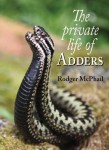 The Private Life of Adders
The Private Life of Adders
Rodger McPhail
The common European adder (Vipera berus) is found throughout Europe and northern Asia. Despite its widespread distribution, and its notoriety as one of Europe’s few truly venomous snakes, very little is known about its private life. Rodger McPhail, the celebrated wildlife artist, has had a life-long fascination with adders.
 Tropical Plant Collecting: From the Field to the Internet
Tropical Plant Collecting: From the Field to the Internet
Edited by Scott A Mori, Amy Berkov, Carol A Gracie and Edmund F Hecklau
This book is based on 40 years of tropical plant collecting in Central and South America by the senior author and his colleagues and, in particular, draws from his experience in publishing a guide to the vascular plants of central French Guiana and a monograph of the Brazil nut family (Lecythidaceae).
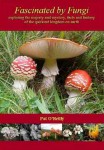 Fascinated By Fungi: Exploring the Majesty and Mystery, Facts and Fantasy of the Quirkiest Kingdom on Earth
Fascinated By Fungi: Exploring the Majesty and Mystery, Facts and Fantasy of the Quirkiest Kingdom on Earth
Pat O’Reilly
For millennia the mysterious nature of fungi has intrigued the intrepid. Fungal fruits of field and forest have fed the fearless, while the (surprisingly few) resulting fatalities have fuelled myths and legends. Monks and murderers have turned mushrooms to their advantage; artists and authors have fallen for the fascination of fungi.
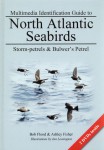 Multimedia Identification Guide to North Atlantic Seabirds: Storm-petrels and Bulwer’s Petrel
Multimedia Identification Guide to North Atlantic Seabirds: Storm-petrels and Bulwer’s Petrel
Bob Flood and Ashley Fisher
This identification guide on the storm-petrels of the North Atlantic is the culmination of many years of at-sea observations by the authors. It is the first in what is planned to be a four-part series on regular and vagrant bird species of the North Atlantic. The book is accompanied by 2 DVDs with over 120 minutes of both at-sea footage and, for some species, in-hand and at-colony footage.
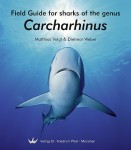 Field Guide for Sharks of the Genus Carcharhinus
Field Guide for Sharks of the Genus Carcharhinus
Matthias Voigt and Dietmar Weber
All known and relevant data and features to enable an identification of sharks of the genus Carcharhinus (BLAINVILLE 1816) are summarised and visualised in this book. The introduced species are difficult to separate for somebody who is not experienced in identifying sharks. An identification key is given to determine and to differentiate the species.
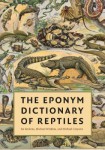 The Eponym Dictionary of Reptiles
The Eponym Dictionary of Reptiles
Bo Beolens, Michael Watkins and Michael Grayson
Who was Richard Kemp, after whom the Kemp’s ridley sea turtle is named? Is Wake’s Gecko named after Berkeley’s Marvalee Wake? Or perhaps her husband, David? Why do so many snakes and lizards have Werner in their name? This reference book answers these and thousands of other questions about the origins of the vernacular and scientific names of reptiles across the globe.
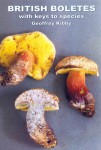 British Boletes: With Keys to Species
British Boletes: With Keys to Species
Geoffrey Kibby
Boletes are some of the most popular fungi around the world, both because they are often choice edibles and also because of their frequently exotic colours and large size. There are approximately 80 species in Britain and this book aims to provides user-friendly identification keys and descriptions to all the known species along with colour photos of the majority of species.
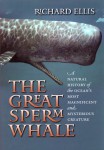 The Great Sperm Whale: A Natural History of the Ocean’s Most Magnificent and Mysterious Creature
The Great Sperm Whale: A Natural History of the Ocean’s Most Magnificent and Mysterious Creature
Richard Ellis
This study covers the full spectrum of the sperm whale’s prehistoric past to its current endangered existence. Richard Ellis illuminates the iconic impact of Physeter macrocephalus (“big-headed blower”) on our history, environment, and culture, with a substantial nod to Herman Melville and Moby-Dick, the great novel that put the sperm whale (and whaling) on the literary map.
 Wildlife of A Garden: A Thirty-year Study
Wildlife of A Garden: A Thirty-year Study
Jennifer Owen
For 30 years, Owen recorded all the wildlife in her Leicester garden. Using several trapping and monitoring methods, she recorded 2673 species of plants and animals. She discusses diversity, abundance, seasonality and annual fluctuations and relates these to weather, changes in surrounding land use and other ecological factors.
 The Spiders of Europe, a Synthesis of Data, published by the Société Linnéenne de Lyon in four volumes, is a welcome new overview of current knowledge about the European spiders, with the first volume, Atypidae to Theridiidae, available now.
The Spiders of Europe, a Synthesis of Data, published by the Société Linnéenne de Lyon in four volumes, is a welcome new overview of current knowledge about the European spiders, with the first volume, Atypidae to Theridiidae, available now. The Flora of Nepal is an ambitious project coordinated by the Royal Botanic Garden in Edinburgh. The publication of ten volumes of the Flora of Nepal is planned, Volume 3: Magnoliaceae to Roseaceae being available now.
The Flora of Nepal is an ambitious project coordinated by the Royal Botanic Garden in Edinburgh. The publication of ten volumes of the Flora of Nepal is planned, Volume 3: Magnoliaceae to Roseaceae being available now.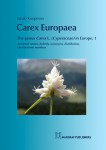 Sedges receive treatment in the new series Carex Europaea, with the first volume, The Genus Carex L. (Cyperaceae) in Europe, 1: Accepted names, hybrids, synonyms, distribution, chromosome numbers, available now.
Sedges receive treatment in the new series Carex Europaea, with the first volume, The Genus Carex L. (Cyperaceae) in Europe, 1: Accepted names, hybrids, synonyms, distribution, chromosome numbers, available now.
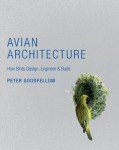
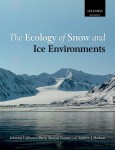
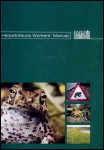
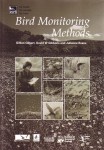
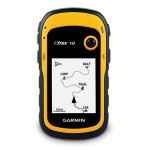


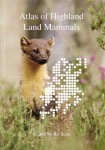





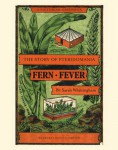

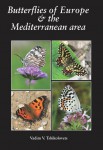

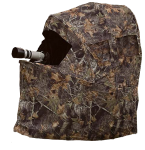
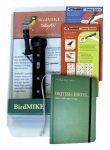
 Birds of the Indian Subcontinent
Birds of the Indian Subcontinent Carnivore Ecology and Conservation
Carnivore Ecology and Conservation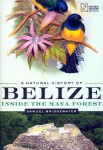 A Natural History of Belize: Inside the Maya Forest
A Natural History of Belize: Inside the Maya Forest
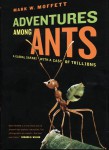
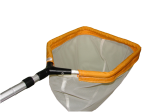

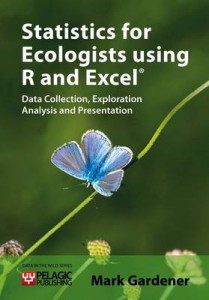










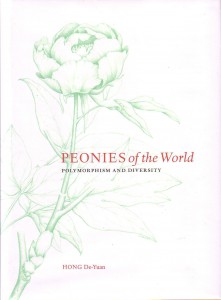
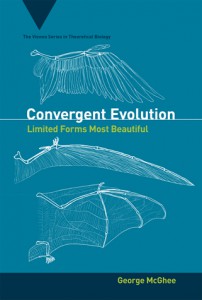
 The Natural History of the Proboscis Monkey
The Natural History of the Proboscis Monkey